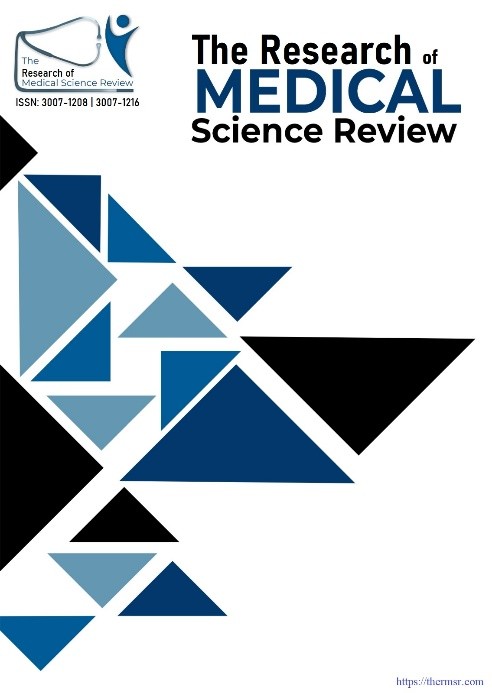ASSOCIATION OF MATERNAL HEMOGLOBIN LEVELS WITH NEONATAL BIRTH WEIGHT: EVIDENCE FROM A TERTIARY CARE HOSPITAL, BAHAWALPUR
Main Article Content
Abstract
Aim and Objective: The purpose of this study was to ascertain whether maternal haemoglobin levels and neonatal birth weight were related in pregnant women giving birth in the Central Labour Room (CLR) of the Tertiary Care Hospital in Bahawalpur. The goal was to produce localised evidence that would inform maternal health interventions and clinical decision making in Southern Punjab.
Methodology: 71 mother-infant pairs' hospital-based data were used in a cross-sectional analytical study. Haemoglobin level, delivery method, neonatal birth weight, maternal age, gravidity, parity, and gestational age were all noted. Birth weight was determined right after delivery, and haemoglobin levels were assessed during the prenatal phase. The association between maternal haemoglobin levels and neonatal birth weight was evaluated through the use of descriptive statistics and Pearson's correlation coefficient.
Results: The average neonatal birth weight was 2.75 ± 0.48 kg, and the average maternal haemoglobin was 10.31 ± 0.90 g/dL. Higher maternal haemoglobin levels were linked to higher neonatal birth weights, according to a statistically significant moderate positive correlation between maternal haemoglobin level and neonatal birth weight (r = 0.451, p < 0.01).
Conclusion: The study shows that neonatal birth weight is significantly influenced by the haemoglobin status of the mother. For optimum foetal growth and to lessen the burden of LBW in resource-constrained environments, these results highlight the significance of timely iron supplementation, nutritional counselling, and routine anaemia screening during pregnancy
Downloads
Article Details
Section

This work is licensed under a Creative Commons Attribution-NonCommercial-NoDerivatives 4.0 International License.
